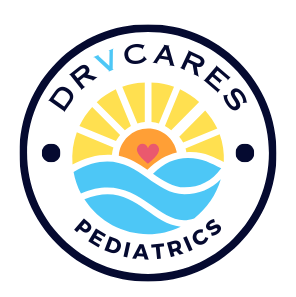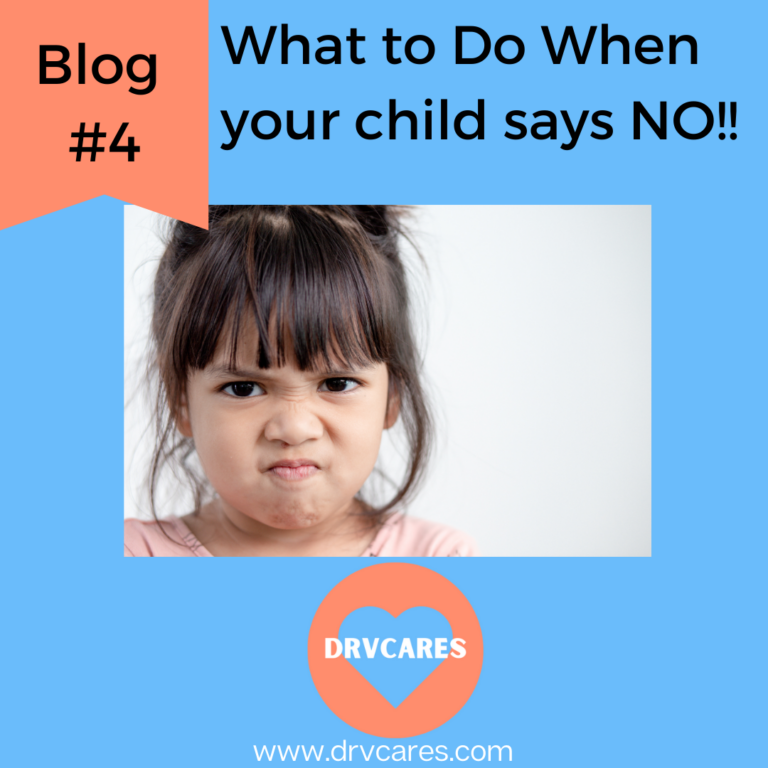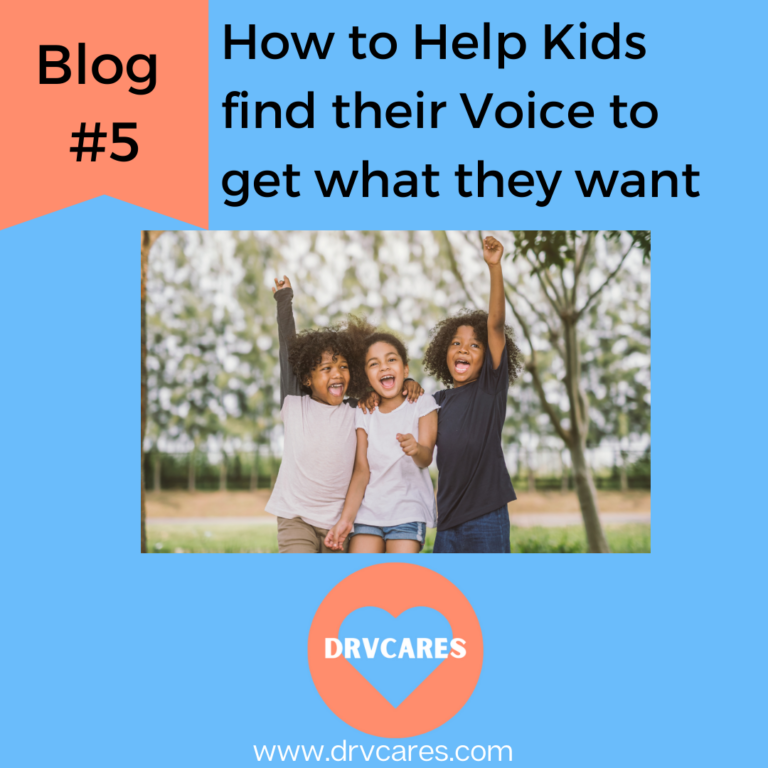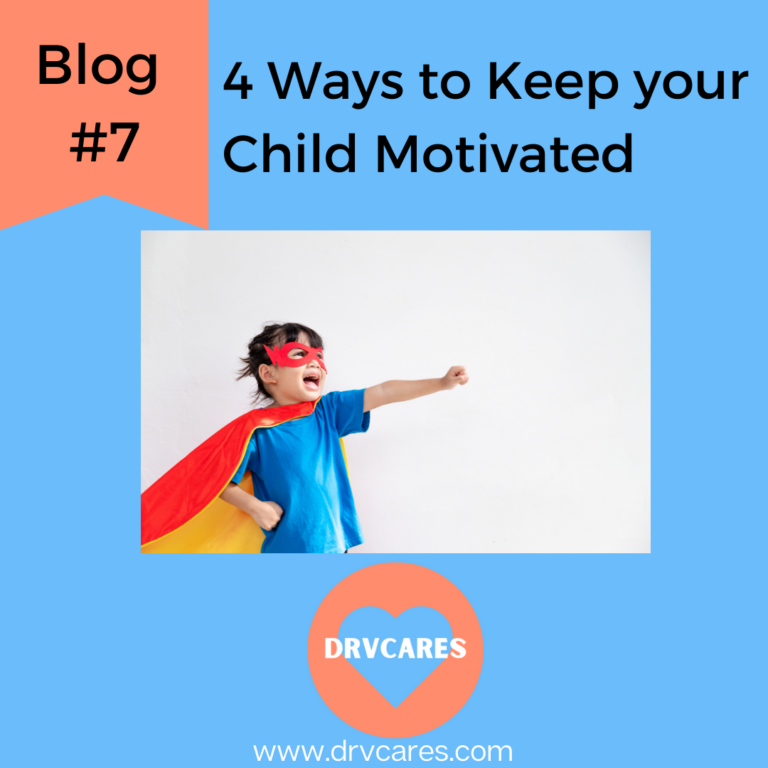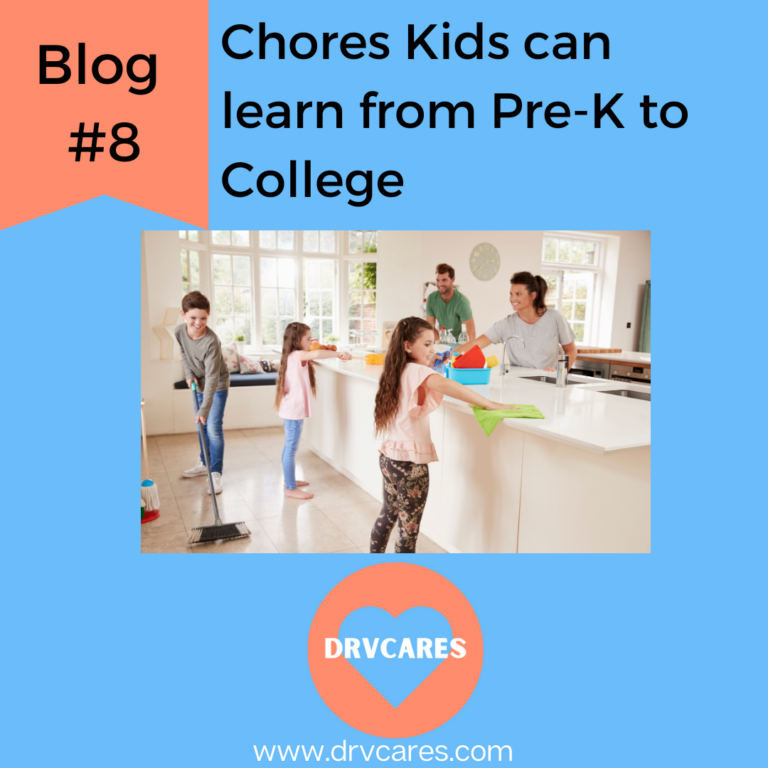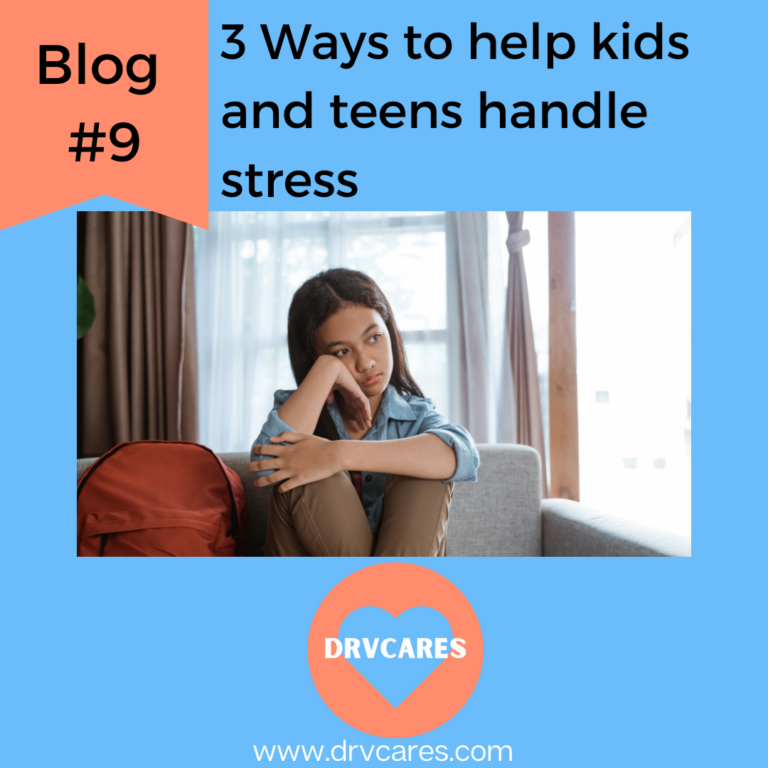#66: The Importance of Strength Training in Kids and Teens
December 16, 2020
Hi there! It’s Wednesday and that means it’s time for a new post! Today I’m sharing with you some new guidelines from the American Academy of Pediatrics. The guidelines are with respect to the importance of strength training in kids and teens. There is so much misinformation about strength training. I want to make you aware of the important role it plays in the health of kids and teens. (Adults too!!) There is a misconception that strength training will stunt growth. For years people have discouraged or stayed away from this type of exercise in growing children.
New evidence is showing that the opposite is true. If Children and teens incorporate resistance training into their daily physical requirement, they will benefit in many ways.

One of the most concerning health issues I have seen in recent months is the exponential weight gain I am seeing in my patients. Where patients would normally gain 5-6 pounds a year, some are gaining as much as 20-30 pounds in 6 months! If this trend continues, we are looking at a population of kids that will be 50-60 pounds over weight in a couple of years!
If you’re like most parents, you see your child gaining weight but you don’t even know where to start. And while the goal is often weight loss, simply maintaining weight can be a goal in certain circumstances. Deep down inside you know if your child needs to lose weight. Be honest with yourself and your child.
While weight loss in children is different than adults, since many kids are still growing, there are still times when it is appropriate for a child to either lose weight or at the very least stop gaining weight at the rate that they are gaining. Helping kids lose weight requires a multifactorial approach, and one of the most important parts of weight loss is exercise. Not just any exercise, but a combination of cardiovascular exercise and strength training exercises. Yes STRENGTH training exercise! (using weights or your own body weight for the purpose of building muscle).
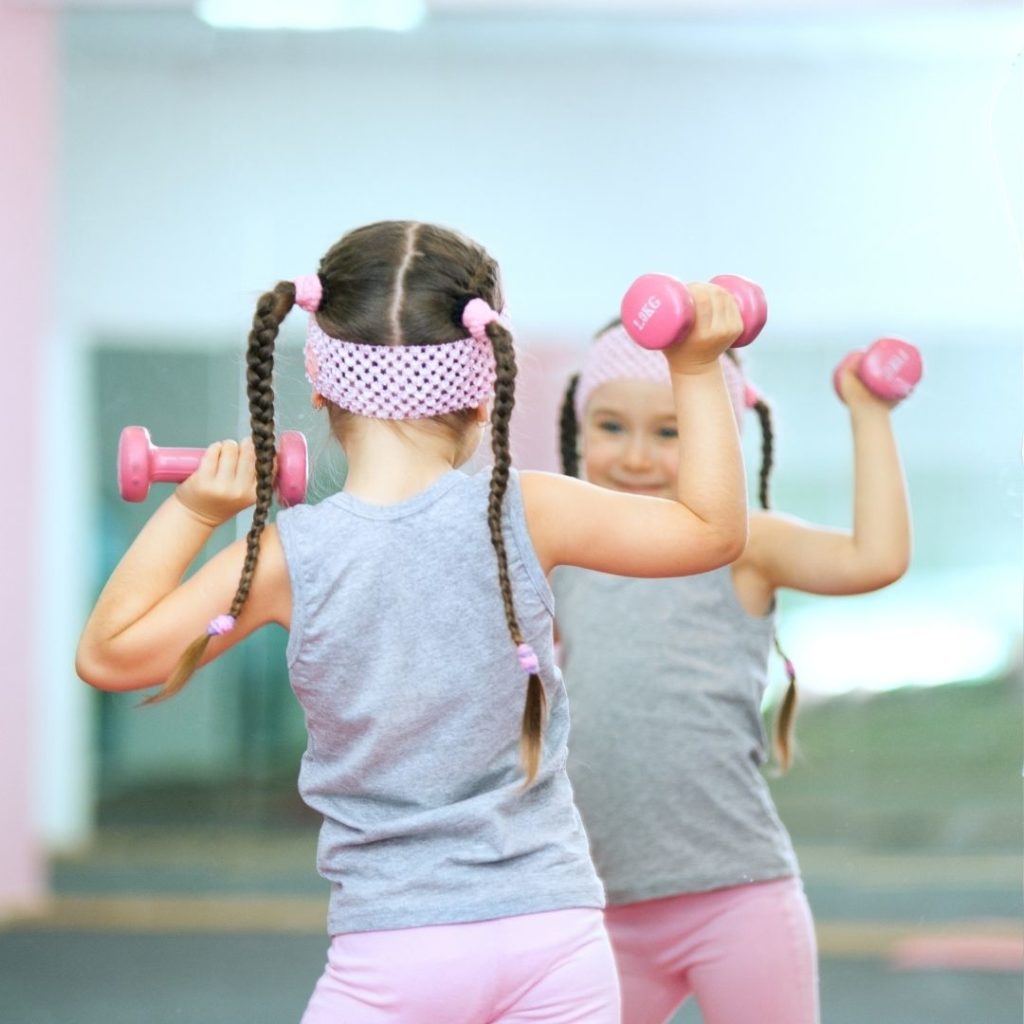
Unfortunately, with Covid-19, many schools are virtual and kids are sitting in front of their computer screens for 8-10 hours a day. As pediatricians, we are seeing an increase in back pain, torticollis (neck strain), ear pain (from ear buds and headphone use), eye discomfort and headaches. In addition to these physical ailments, the lack of physical activity is resulting in a disproportionate amount of children falling into the obese range (BMI (Body Mass Index) >95%).
Understanding the benefits of exercise and making it a priority in your home is a great place to start. First, you need to know that the current recommendations for exercise in kids ages 6-17 years of age is 1 hour per day of moderate physical activity. While the type of exercise is not specified here, these new guidelines bring to light the importance of incorporating strength training into their routine. The ultimate goal should be a combination of aerobic and strength training exercises.
The definition of resistance/strength training is: A part of sport and exercise training that is focused on increasing muscular strength, power and endurance. This kind of training can be accomplished with either our own body weight or dumbbells. The use of weight machines with proper form can also achieve these benefits.
Since proper form is important, it is wise to either hire a trainer to teach your child proper form or spend the time to teach your child yourself. If you do resistance training for yourself (and if you don’t you should!) take the time to show your child proper form. It would be great to come up with a routine that both of you can do together! We all know that having someone to keep you accountable can make all the difference in the world! (for you and them!)
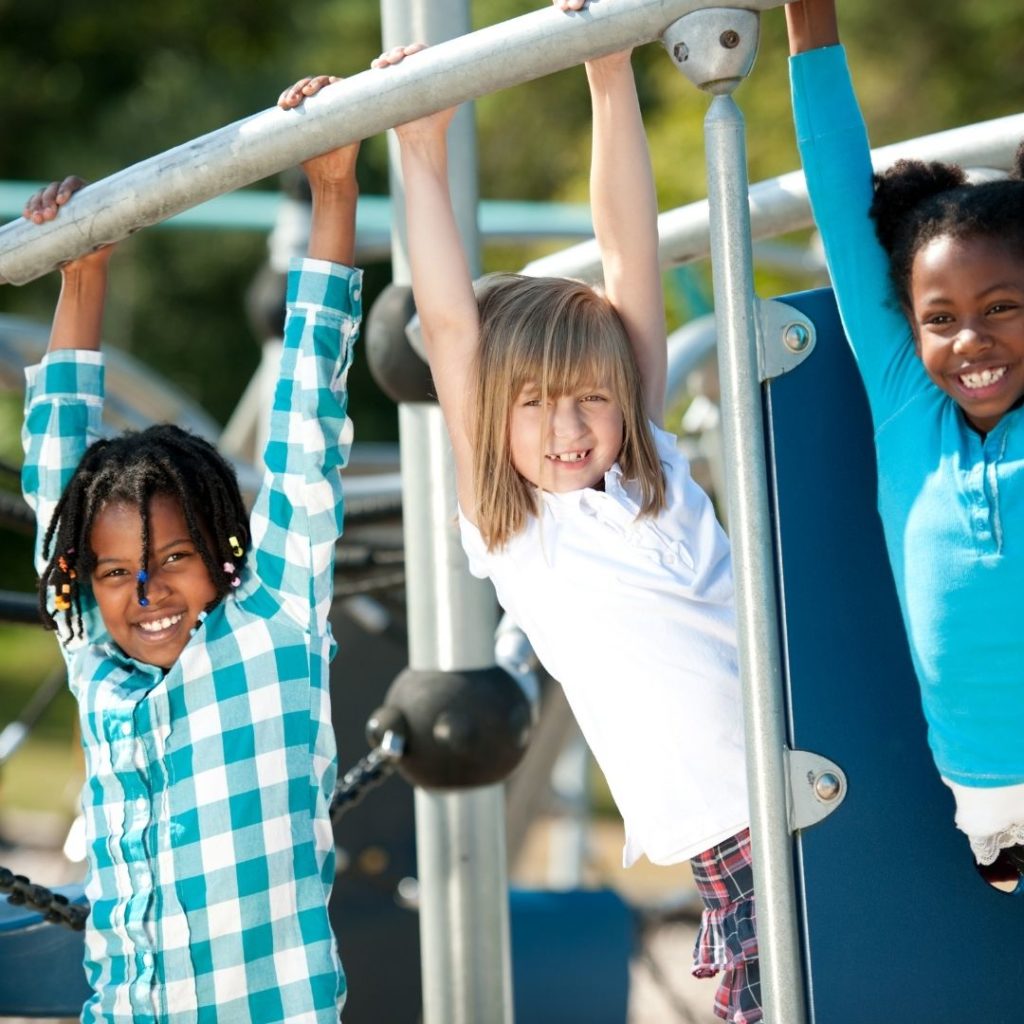
A great place to start with kids, especially those that have little experience with exercise, is with strength training. At the end of this post you will find a free download that you can use to help get your child started.
The next question is HOW MUCH strength training the child should be doing. This is going to vary from child to child depending on the goals of their sport (if they play a sport), the child’s individual resistance training skill competency (RTSC) and the time they have accumulated in formal resistance training (aka. “Training age”). I don’t want these fancy words to scare you. Strength training is for everyone, not just athletes.
Let’s take a look at some of the benefits your child and or teen (boys and girls) can expect to gain from resistance training:
Benefits of Strength Training in Kids and Teens:
Performance Benefits
- Improved motor skill performance
- Improved speed and power
- Reduced injury
- Quicker injury rehabilitation
Health Benefits
- Improved Cardiovascular fitness
- Improved bone density (bone density is completed in adolescence!)
- Improved lipid profiles
- Decreased insulin resistance (pre-diabetes)
- Increased resistance to injury
- Mental Health Benefits – Improves confidence and overall mental health
Reduced Injury
- Resistance training targets strength deficits
- Builds strength reserves
- Reduces injury risk
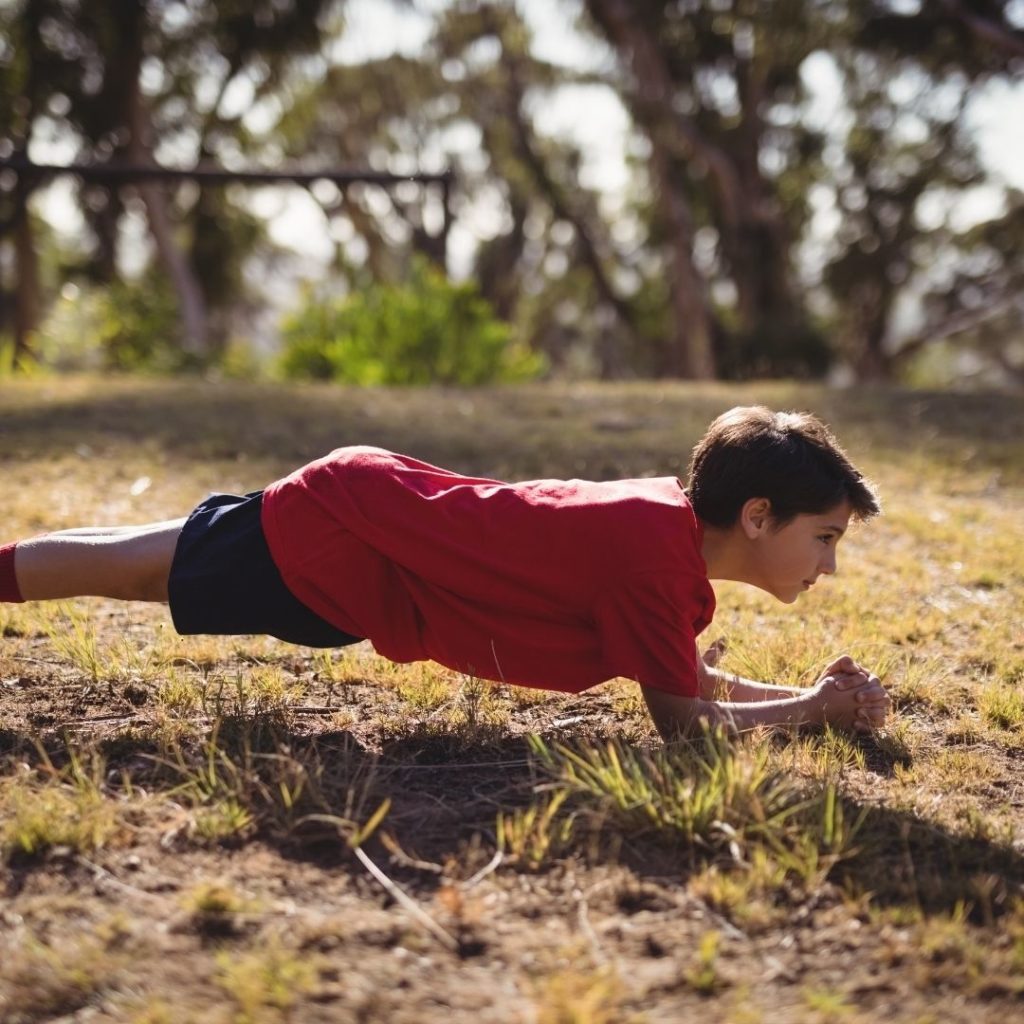
How Soon Can I See the Benefits?
- Programs that lasted >23 weeks were most effective at attaining maximal strength.
- Strength gains occurred when a specific training lasted a minimum of 8 weeks at least 2-3 times a week.
- Unfortunately, de-training effects can occur after 8-12 weeks without resistance training (So you have to keep it up!)
- Since kids recover quicker than adults from resistance training fatigue, the recommendation is 1 minute of rest between sets for beginners and increasing rest to 2-3 minutes as the intensity increases.
- Exercises to strengthen the core (abdomen, low back and glutes) are the foundation for improved skill acquisition and improved posture.
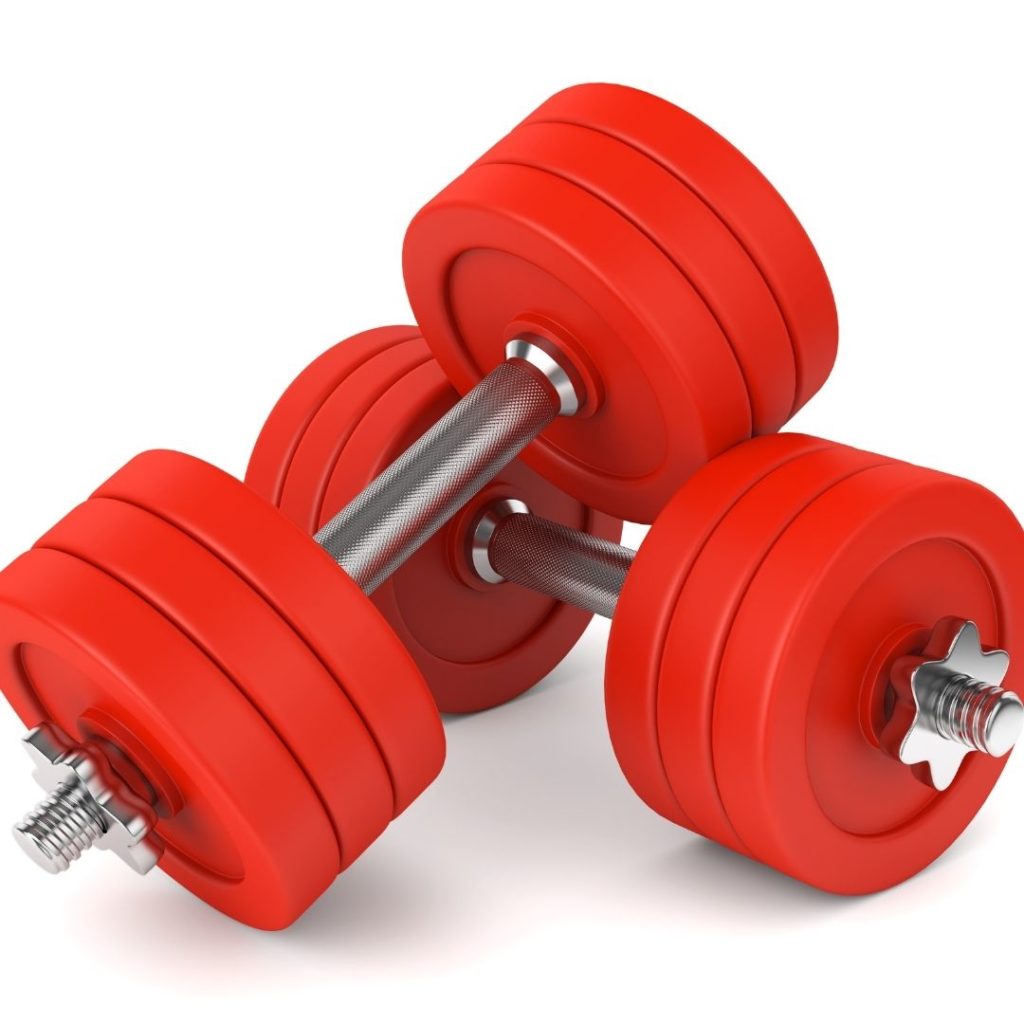
In children who are overweight or obese, beginning with resistance training is more likely to result in a positive and successful experience than starting with an aerobic program. Usually these kids have lower levels of physical fitness, poor compliance with exercise and decreased tolerance for aerobic exercise. All of these factors can lessen their chances for success. Evidence has shown that beginning with resistance training improves compliance, increases motivation and results in a smoother transition to the preferred combined aerobic and resistance training necessary for the reduction of body fat in your child.
Like everything, the most important part of resistance training is education and learning proper form.
If you are interested in more information on how to begin a resistance training program at home with your child, please CLICK HERE and you will receive guidance directly to your inbox.
In addition, you will receive weekly posts from me regarding overall health and wellness for you and your child.
My goal is to educate and empower you to achieve physical and mental health for you and your child.
If you are on instagram, follow me at www.instagram.com/dr.elizabethvainder
I would love to see you there!
Stay Happy & Healthy!
Elizabeth Vainder, M.D.
www.drvcares.com
If you’re looking for some great ways to get you started, take a look at these great, inexpensive ways to motivate your kids and teens:)
Flash Cards with an explanation of proper form and variety: (These a fun for the kids and have a Super Man on one side of the cards for those that like Super Heroes!)
Beginners weights to begin adding resistance training into your child’s exercise routine: (Always start with small weights and increase repetitions focusing on form)
This is also great for teens! This will encourage pull-ups and does not require any screwing into the wall. It can be put up with pressure in any doorway.
Here are slightly heavier weights (or something similar) to get your teens started:
As always, speak to your doctor before starting any exercise program. The above recommendations are suggestions and if you click on the link I will receive a small percentage of your purchase. The purpose is to save you time 🙂 Your price will be the same.
In January, I will be rolling out a course on Child Wellness. The course is designed to help you:
- Understand what your child should be eating and how much.
- The importance of exercise and creative ways to incorporate it into your child’s routine.
- Stress and Kids – How Stress influences food choices and affects our mood and overall well-being
- Strategies that work for long-lasting weight loss and teaching skills to ensure a life time of healthy habits.
It will be a combination of video, worksheets and Q/A sessions.
And…last but certainly not least, the course will include a private Facebook Group for you to find support with other moms that are trying to make healthy changes for their families too! You will be able to support each other, learn from each other and bounce off ideas on how to start and stay on track!
I would love to see you there! If you want me to keep you informed sign up here and you will be the first to know.
